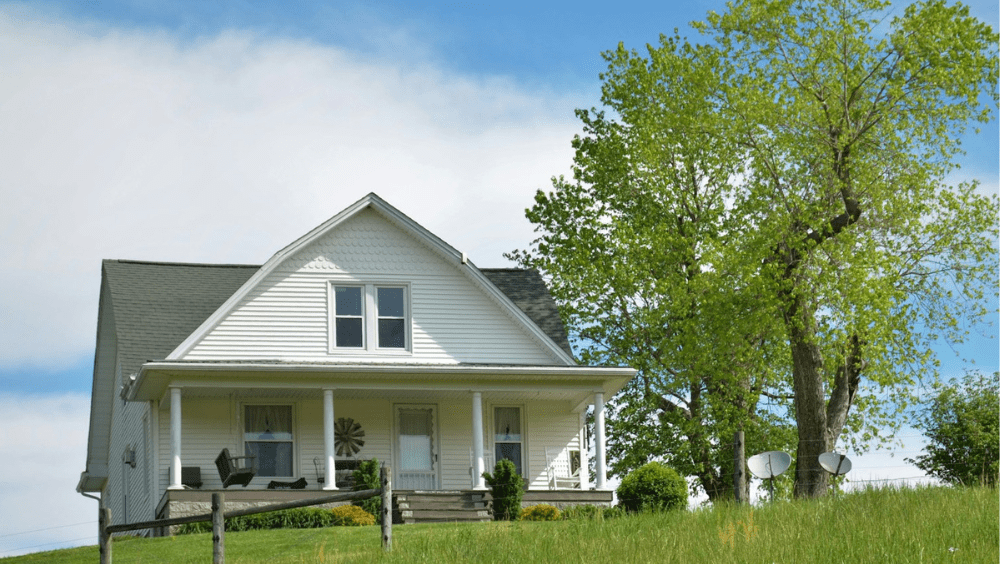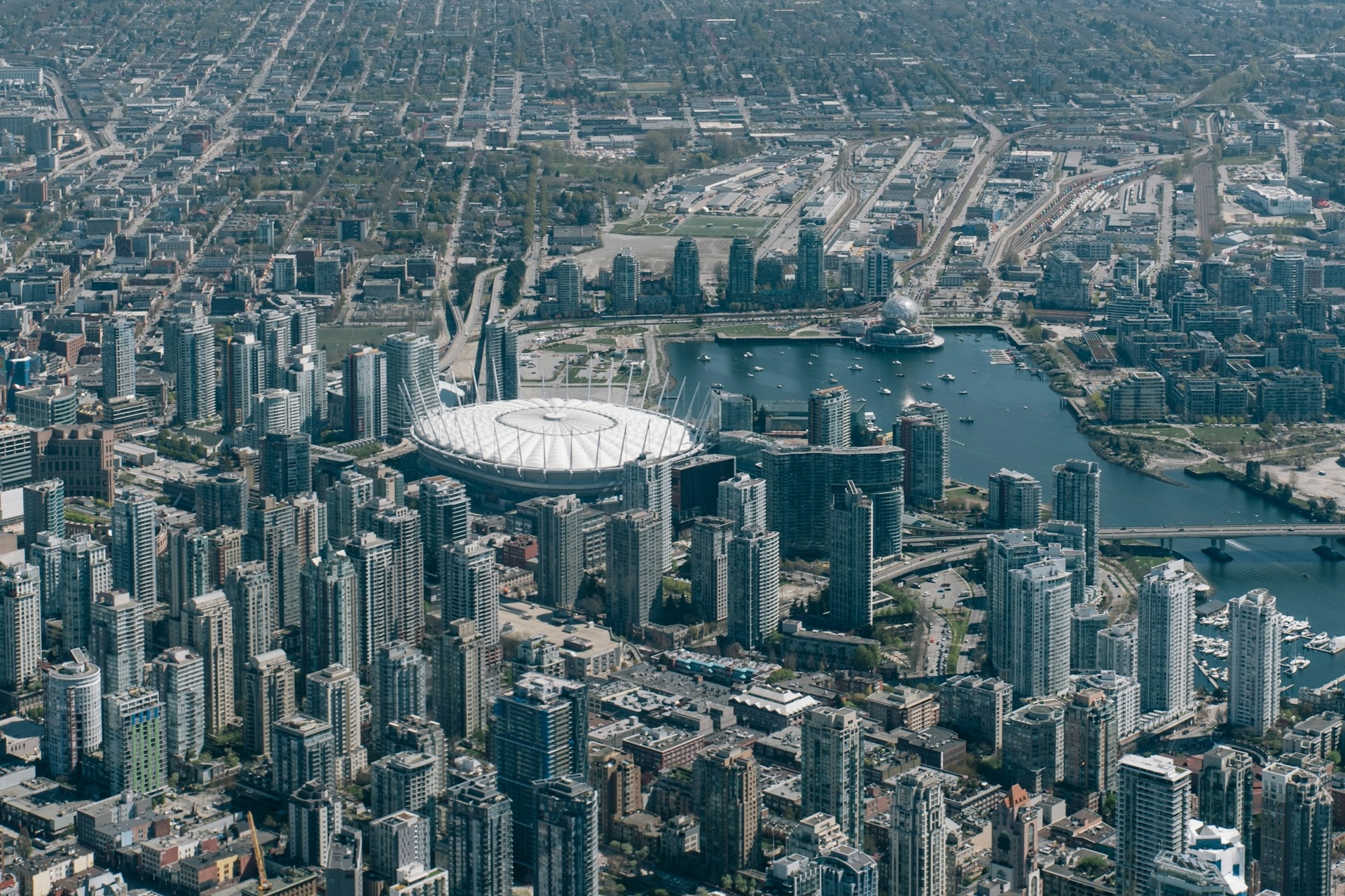The state has freed 615 hectares for new housing projects to accommodate residential growth.
The Tasmanian government announced that it has expanded the Urban Growth Boundary across greater Hobart, creating space for nearly 10,000 new homes to be built in the years ahead.
The announcement follows a consultation between February and March of this year and will unlock 615 hectares of land across greater Hobart. This includes Brighton, located 27km north of the city; Clarence, found on the eastern shore; Kingborough, situated to the south; and Sorell, positioned to the east.
The Urban Growth Boundary is part of the state’s Southern Tasmania Regional Land Use Strategy, one of three regional land use strategies.
The boundary defines the limits for various urban land uses and aims to guide residential growth, considering infrastructure and service provisions. Identified growth areas then inform local governments or developers on rezoning proposals.
This follows the state establishing its own Home Builder Panel, which is set to meet its social and affordable housing targets.
The state government has freed 615 hectares of land across greater Hobart for 10,000 new homes. Picture: Getty
Tasmanian minister for housing, planning and consumer affairs Felix Ellis said the release of land sets the southern region up for sustainable growth.
“We’re backing in the builders, cutting red tape, and sending a clear message to the construction industry: Tassie is open for business and keen to get building,” Mr Ellis said.
To support the expansion, the state government is also progressing updates to the Southern Tasmania Regional Land Use Strategy to ensure it remains practical, contemporary, and aligned with population growth.
Consultation for the strategy will begin in the next 100 days.
Property Council of Australia executive director - Tasmania Rebecca Ellston said the council welcomes development opportunities to provide housing for greenfield areas.
“Outdated Urban Growth Boundaries can hinder smart population growth, particularly at a time when our state needs new housing and the growth and economic stimulus this brings to the construction industry,” Ms Ellston said.
Following Tasmania receiving a 30 out of 100 in the Housing Industry Association’s (HIA) latest Housing Scorecard, the release is timely, according to Tasmania executive director Stuart Collins.
“With Tasmania now rock bottom on HIA’s Housing Scorecard which benchmarks activity in each state and territory against long term averages in home building and renovations activity, lending data and population flows, making more residential land available could not have come at a more important time,” Mr Collins said.
“It is now up to the government to eliminate red tape and push this land through the subdivision approval process, to ensure it is brought to market expediently.
“In addition, government must also consider infill opportunities and housing densification as part of its broader housing solutions.”
Are you interested in the latest updates on buying and building new? Check out our New Homes section. This article first appeared on Mortgage Choice and has been republished with permission.
















 English (US) ·
English (US) ·